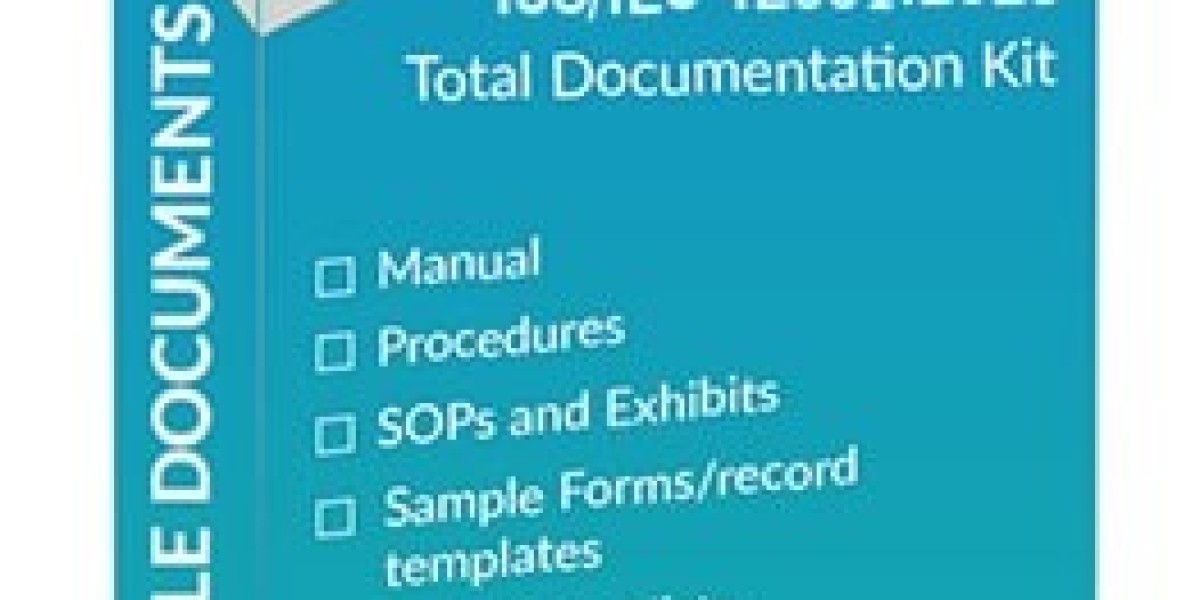Why Audit Your ISO 42001 Documents?
ISO 42001 establishes an Artificial Intelligence Management System (AIMS) to ensure AI is handled ethically and effectively. Like other ISO standards, it requires documented policies, processes, and records. An internal audit checks that these documents not only exist but also meet requirements and reflect actual practice. Regularly auditing your ISO 42001 documents helps catch gaps early, keeps your AI management system aligned with business goals, and prepares your organization for external audits.
Preparing for the Internal Audit
Begin by planning carefully. Define the scope and objectives of the audit: decide which parts of your AI management system will be reviewed. Assemble an impartial audit team – either trained internal auditors or outside experts who aren’t involved in day-to-day AI operations. Next, create an audit plan or schedule that lists which departments and processes will be audited and when. Prepare an audit checklist that covers all relevant ISO 42001 requirements.
- Define scope and criteria: Pinpoint which ISO 42001 requirements apply and select the systems or processes to audit.
- Form the audit team: Choose experienced staff or outside experts to conduct the audit objectively.
- Create an audit plan: Schedule dates, select processes and personnel to review, and list the documents to examine.
- Communicate early: Notify teams about audit dates and expectations so they can gather information and prepare needed documentation.
Organizing ISO 42001 Documentation
Make sure your AI management documentation is well-organized. Gather all relevant ISO 42001 documents (policies, procedures, records) in a central repository or shared folder. Maintain a document register listing each document’s version, approval date, and owner. Confirm that only the latest versions are in use and that older drafts are archived. If any documents are missing or outdated, update them now so the audit team can focus on the content rather than on housekeeping.
- Central repository: Store all AIMS documentation in one place (for example, a document management system or shared drive).
- Document control: Keep a register of documents with revision dates and approvals to easily verify currency.
- Version management: Label each document clearly (with version numbers and dates) and remove obsolete copies from regular use.
- Staff awareness: Ensure team members know where to find documents and follow the current versions in their work.
Key Documents to Review
During the audit, focus on the core documents of your AI management system. Verify that these essential items exist, are complete, and align with ISO 42001 requirements:
- AI Management Policy: A top-level policy showing leadership commitment and defining the scope of the AIMS.
- Scope Statement: A document specifying which AI activities or projects are covered by the AIMS.
- Risk and Impact Assessments: Records of AI-specific risk assessments (ethical, security, societal) and AI impact assessments, along with any mitigation plans.
- Objectives and Action Plans: Documented AI objectives and the plans or projects to achieve them.
- Standard Operating Procedures: Work instructions for AI development, testing, deployment, and related processes.
- Training and Competency Records: Evidence that staff have been trained on the AI policy, procedures, and any ethical or technical requirements.
- Performance Metrics: Reports or dashboards showing how AI systems are monitored (bias checks or accuracy tests).
- Internal Audit Records: Completed internal audit checklists and reports for the AIMS, including any corrective actions taken.
- Management Review Minutes: Records of meetings where leadership reviews AI governance performance and improvement actions.
- Nonconformity and Improvement Logs: Documentation of any AI-related issues or audit findings and how they were addressed.
Conducting the Audit
With documentation organized, perform the audit systematically. Use a mix of document review, interviews, and observation to gather evidence:
- Review Documents: Examine each ISO 42001 document for completeness and accuracy. Check that it was approved and is version-controlled. Verify that procedures are detailed enough and reflect real practice.
- Interview Personnel: Talk with team members at different levels to confirm they know the AI policy and follow procedures. Ask how they carry out key tasks (such as conducting a risk assessment or testing an AI model) and compare their answers to the written procedures.
- Observe Processes: If possible, watch a part of the AI lifecycle in action (such as a development or testing session). Confirm that the steps in the documentation are actually followed.
- Verify Records: Check samples of records (training logs, test results, risk registers) to ensure they are accurate, up-to-date, and filed correctly. For example, if a log says a bias test was run, look for the actual test report.
- Use Your Checklist: Go through your ISO 42001 audit checklist clause by clause, marking compliance and noting any gaps. Ensure every requirement in scope has supporting evidence.
Reporting Findings and Driving Improvement
After the audit, compile your findings into a clear report. List any nonconformities or observations and link them to specific clauses or procedures. Classify issues by severity and suggest corrective actions or improvements. Review the results with management, highlighting any risks and how they can be addressed.
- Document issues clearly: Describe each problem (for example, missing signatures or outdated procedures) and show supporting evidence.
- Assign corrective actions: Recommend fixes, set deadlines, and assign responsibility to team members.
- Management engagement: Present the results to leadership to secure support and resources for fixes.
- Close the loop: After corrections are implemented, verify that each issue has been resolved. Update documents and processes as needed, and record when each finding is closed.
Continuous Improvement
Internal audits are not a one-time checklist but part of an ongoing cycle. Schedule them regularly (for example, annually or after major AI projects) to keep the AIMS strong. Use insights from each audit to refine processes and documentation. Over time, auditing your documents will help you build a culture of continuous improvement around AI governance. It will also make external audits smoother, since your organization can confidently show that its AI management processes are well-documented and up to date.








